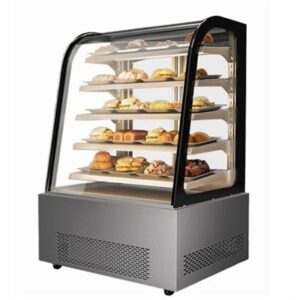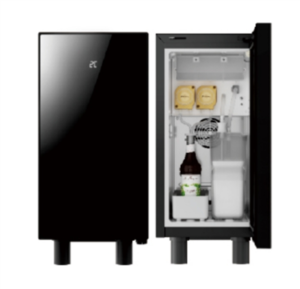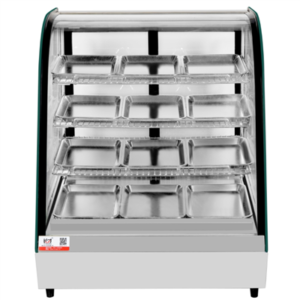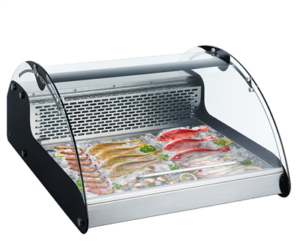Proper cleaning and sanitization of freezing equipment are critical for ensuring food safety, compliance with global standards, and maximizing operational efficiency. For importers, distributors, supermarkets, and small retailers, adopting best practices reduces contamination risks, extends equipment lifespan, and aligns with consumer demands for hygienic storage solutions. This guide outlines actionable strategies to optimize cleaning protocols while meeting international regulations.
1. Core Cleaning and Sanitization Procedures
A. Daily Cleaning Workflow
- Surface Wiping: Use food-grade detergents and microfiber cloths to remove debris from shelves, doors, and gaskets. Avoid abrasive materials that scratch surfaces and harbor bacteria.
- Drain Maintenance: Clear condensate drains weekly to prevent clogs and microbial growth.
- Defrosting: Schedule automatic or manual defrost cycles to eliminate ice buildup, which reduces cooling efficiency by up to 30%.
B. Deep Sanitization
- Disinfectant Selection: Opt for EPA/FDA-approved agents like quaternary ammonium compounds (QUATs) or hydrogen peroxide-based solutions. Avoid chlorine-based cleaners on stainless steel to prevent corrosion.
- UV-C Sterilization: Implement UV-C light systems (e.g., Toll Group’s UVC/Ozone devices) to sanitize surfaces, killing 99% of pathogens without chemicals.
- Ozone Treatment: Deploy ozone generators for hard-to-reach areas like evaporator coils, which neutralize odors and bacteria.
2. Compliance with Global Standards
| Region | Key Requirements | Best Practices |
|---|---|---|
| North America | FDA/NSF mandates for food-contact surfaces. | Use NSF-certified detergents; document cleaning logs. |
| EU | EN 1276/EN 13697 standards for bactericidal efficacy. | Validate disinfectants with EN testing. |
| Asia-Pacific | CCC (China) and PSE (Japan) chemical safety compliance. | Source region-specific sanitizers. |
Pro Tip: Maintain a master list of approved cleaning products to simplify training and reduce errors.
3. Maintenance Strategies to Enhance Hygiene
- Preventive Maintenance (PM):
- Inspect door seals monthly for wear and tear to prevent cold air leaks.
- Clean condenser coils quarterly to avoid dust accumulation, which increases energy use by 15%.
- Corrective Actions:
- Use temporary gray spaces (TGSE) during repairs to isolate contaminated zones without shutting down entire systems.
- Replace worn gaskets or damaged shelving promptly to eliminate bacterial niches.
4. Training and Safety Protocols
- PPE Requirements: Provide gloves, masks, and eye protection for staff handling chemicals.
- Staff Training:
- Conduct hands-on sessions for proper dilution ratios and contact times (e.g., QUATs require 5–10 minutes of surface contact).
- Implement IoT-enabled checklists to track compliance and identify gaps.
5. Cost-Effective Solutions for Small Retailers
- Portable Steam Cleaners: Sanitize compact freezers without disassembly.
- Disposable Wipes: Pre-moistened, alcohol-based wipes for quick daily cleaning.
- Bulk Purchasing: Partner with suppliers for discounted sanitizer concentrates.
Why Partner with Us?
As a trusted supplier for global businesses, we offer:
✅ Certified Cleaning Solutions – Meet FDA, EU, and CCC standards.
✅ IoT-Enabled Equipment – Monitor sanitization cycles remotely.
✅ Customized Support – Regional voltage adjustments and multilingual manuals.
Upgrade your hygiene protocols with our 2025-ready solutions!




